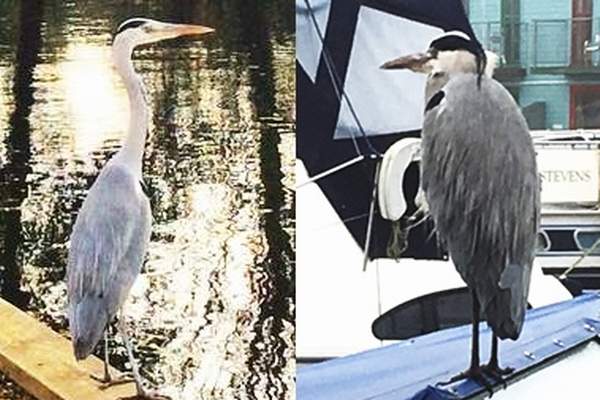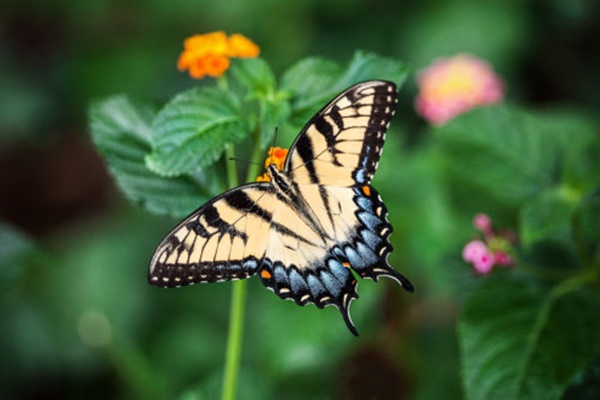What Are the Norfolk Broads?
The Norfolk Broads is Britain’s largest protected wetland, with National Park status. Magical waterways and lakes dotted with quaint unspoiled thatched villages, windmills and old riverside pubs. A paradise for nature lovers.
Situated in a flat area of East Anglia, measuring 117-square miles, composing of 7 rivers, 63 lakes (called Broads) and numerous villages and historic market towns. Between the medieval city of Norwich and the sandy beaches of Great Yarmouth.
How Did the Broads Form?
The Norfolk Broads wasn’t naturally formed. In the 12th-century, agriculture made East Norfolk the most densely populated area in Britain outside London. It boomed until the industrial revolution in the late 18th-century, when Norwich became one of the most prosperous and largest cities. Exporting wool, weaving, and agriculture around the world from Great Yarmouth. A timber shortage, encouraged peat as an alternative heating fuel. For centuries peat was dug, leaving huge quarries which the rivers' flooded, producing the Broads and extra channels of transport to boost commerce in the 16th-century.
Recent History
Reed, used for thatching, created fens around the broads and rivers, consisting of marshland. Centuries later, these fens were drained to provide grazing for cattle - and then using an intricate system of dykes, dry fields were created. About 200-years ago, wind pumps were built to drain the marshes by pumping water along the dykes and back into the rivers. Steam and diesel power replaced wind, and now electric pumps are used. Most “windmills” in Norfolk, are really wind pumps, never intended for milling.
Norfolk Broad Boats
At the start of the 1800s, increased trade led to the construction of 50-feet long Norfolk Wherry barges, that could carry over 50 tons of cargo. Boating for pleasure only really took off at the end of the 19th-centure. When the railway led to the Wherry’s death and brough tourists from all over the UK. Today the Broads boasts of 126-miles of waterways that can be explored by over 800 hire boats.

